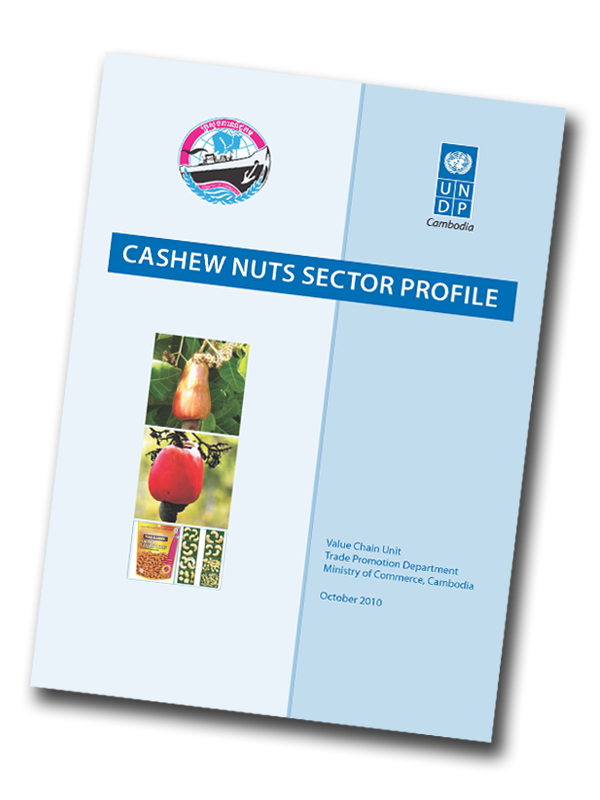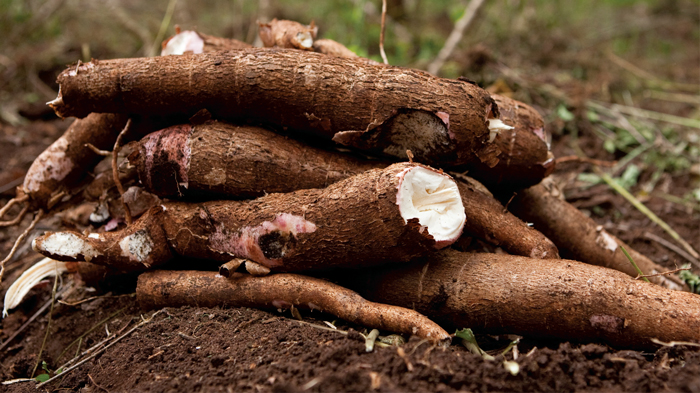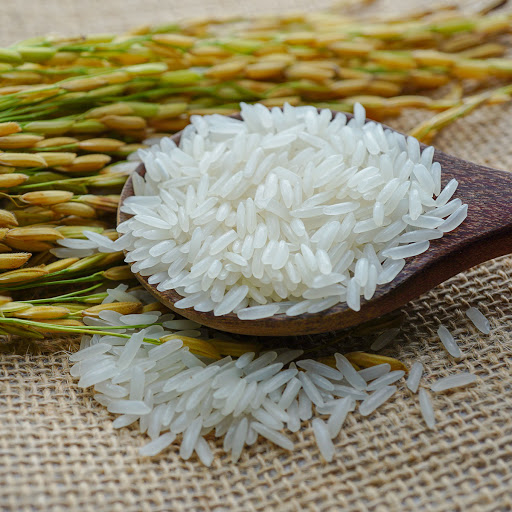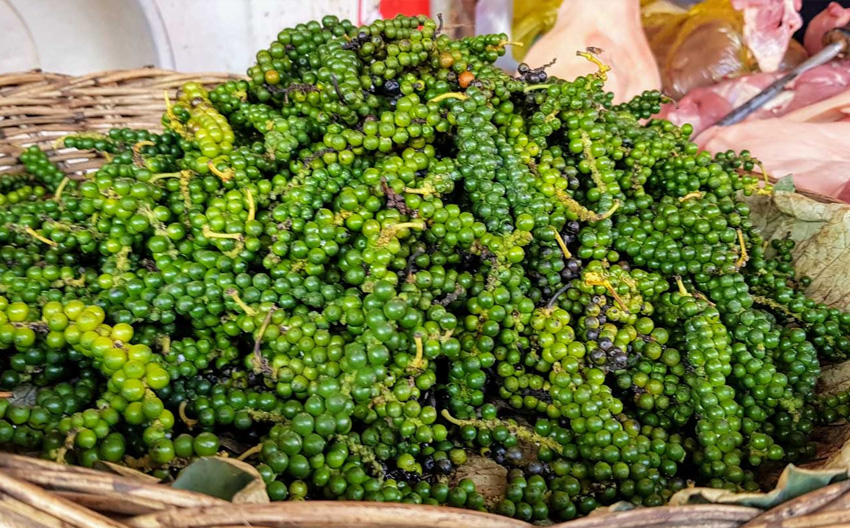Cashew nuts have a high impact on rural employment and provide a good use of low resource land for farmers. Cashews are important, especially for poorer segments of the rural population, as their cultivation requires comparatively few inputs.
Cashew nuts are also considered a poor people’s crop and rich people’s food. It is a high-value crop with good long-term market prospects: demand for this luxury commodity is increasing with income. It is estimated that there are about 22,000 farmers and a total of 38,000 employees in the cashew value chain, including seasonal labour.
Currently, almost all cashew nuts are exported in unprocessed form, but an additional 10,000 direct jobs could be created if the entire Cambodian raw cashew nut production was processed and packaged domestically (EIC, 2007).
World production of raw cashew nuts grew 12-fold in the past 50 years, from less than 300,000 tons in 1961 to 3.7 million tons in 2008 (Figure 1). Growth has accelerated in the past decade, and production almost doubled from 2000 to 2008, due to an increase in the worldwide cultivated area of 27 percent and in the average world yield of more than 50 percent.
Vietnam, India and Nigeria are by far the largest cashew nut producers in the world, together accounting for about two-thirds of total world production. Between 2000 and 2008, Vietnam and Côte d’Ivoire more than quadrupled their production, and the Philippines increased production by a factor of 15.
There is no reliable data available on Cambodia’s cashew nuts production. One study estimated production of raw cashew nuts between 30,000 and 50,000 tons in recent years, and about 60,000 tons in 2008 (DAI, 2008).
This would make Cambodia among the 15 largest cashew nuts producers in the world, representing between 1 percent and 2 percent of world production. With 1.2 million tons, Vietnam produced about 20 times more cashew nuts than Cambodia.







